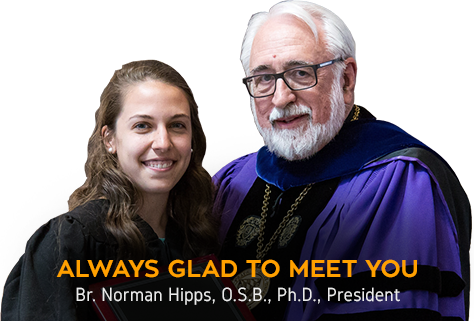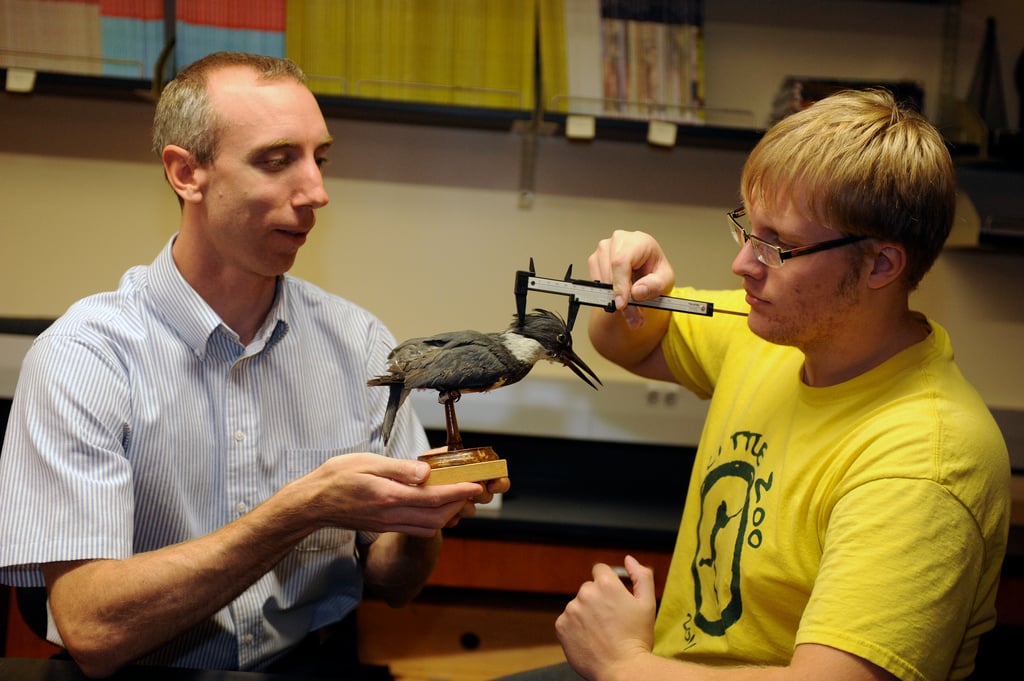I waited a little longer to write this blog post because I couldn’t think of a topic to write about. Figuratively, I’ve got a lot of open books and none are very close to being finished. So here are a few things I’ve done since you last heard from me:
Finished reading two books for pleasure. The first book was a biography of John Muir, best known for his political activism which led to the establishment of the National Park Service. The book I read was about the period from 1867 to 1868 when he wandered—in a purposeful way—from Indiana to Florida to collect botanical specimens. The second book was on the history of the North Country National Scenic Trail, which was started in 1980 and continues to be developed today between New York and North Dakota. I don’t read a lot of biographies or historical nonfiction, but why not do stuff like that when on sabbatical?
Worked on my home range analysis paper. I discussed this in my last blog post, and am happy to report that I have started to make forward progress. I’ve been a little stuck on where to go with the manuscript for a while. This week, I finally made some decisions on which kinds of data analysis I should do and which scientific journal I will target. The journal decision is strategic. All scientific journals are peer-reviewed, but some are very selective of what they publish, while others are less so. I don’t want to aim too high because then I’ll worry about whether or not the journal will accept my manuscript. So I’ll aim lower and have the confidence needed to carry on with this paper’s preparation.
Worked on my swimming magazine article on bird flight. I also discussed this in my last blog post, and it is almost done. I just need to polish up the ending, add illustrations, and get some feedback from colleagues.
Came up with a plan for mist-netting. One of my goals for March is to get re-trained in mist netting, a technique many ornithologists use to capture birds. I have gotten along fine using traps instead of nets (except maybe that time when a hawk came by to check out what I had captured…see photo!), but being licensed to use nets would give me more flexibility in teaching and research. I am not new to netting, but I haven’t done it in years and to receive the required federal permissions, I need to polish up my skills under the supervision of a more experienced ornithologist. I will do this at Powdermill Nature Reserve later in the month when air temperatures at sunrise rise above freezing. If it is too cold, my fingers won’t work, and I am more likely to release a captured bird by accident. I naturally have cold hands—ask my family or fiancée… they will confirm it! I wish to apologize in advance to the birds I will handle later this month.

Reviewed my senior research students’ drafts. Despite being on sabbatical, my name still appears on the course list of my 7 senior research students. I’ve shepherded them through two semesters of planning and scientific study, so the tradition in my department is to see them through completing their theses even if I am on sabbatical. My 7 students are divided between four completely different projects:
- One student worked to determine whether or not the artificial lights of human developments disturb birds at night. The short answer is no; we could not detect a difference in stress levels between two groups of Tufted Titmice exposed to different nocturnal lighting conditions. However, for reasons laid out in a previous post, it is hard to prove a negative. We may not have measured the right variables or exposed the birds to biologically relevant conditions.
- Two students did biological survey work at three different field sites to determine whether or not the degree of human disturbance affected the diversity and numbers of birds, mammals, and amphibians. The students also assessed the physiological health or condition of birds and amphibians they captured. The results of the study suggest that the diversity of animals is higher at undisturbed locations. This is not a surprise, but there were elements of the study that were unique, and now we have baseline data that describe local levels of biodiversity. This can be useful in future studies to determine changes in animal populations over time.
- Two students worked with dogs at an animal shelter, collecting saliva samples and doing behavioral tests. They found that dog stress levels, as indicated by a hormone in the saliva, decreased after being exposed to extra play time and toys. The behaviors of the dogs were also calmer, and the dogs used in the students’ study were adopted faster than dogs not exposed to the playing and toys. Again, the outcome isn’t necessarily surprising, but its importance is significant. Dog shelters can improve the health and behavior of their dogs if the staff (or volunteers) played with them more, and as a possible consequence of this, the dogs would spend less time as residents at the shelter before being taken home by new human families. I don’t mean to say that animal shelter staff don’t already play with the dogs under their care, just that more is better.
- Two students collected egg shells from Tree Swallows at two locations that varied in water quality. The Saint Vincent Wetlands have poorer water quality than the lake at Keystone State Park, since water at the former is polluted with acid mine drainage. It appears that the difference in water quality is transmitted to the egg shells through female birds as the birds forage on insects living near the water. Nutrients from the insects are then deposited into the egg shells by the female bird’s reproductive system. Egg shells collected from Keystone State Park had more calcium than egg shells collected from nests at the Saint Vincent Wetlands.
I also ordered some supplies for fall semester, did some organizing in my office and lab, shredded old student exams (dating back to 2012!), wrote two letters of recommendation, and attended a campus seminar on student writing.
As I look at the list above of things I have done, I am surprised at how long it actually is. Over the last two weeks I have been distracted from my work in a very good way. In late February my fiancée and I put an offer on a house, and I have been in constant contact with the real estate agent, mortgage officer, and home inspector ever since. I have also started to clean out my current home in preparation for a move. Our wedding is in August, so we’ve been busy with those plans, too. I am very excited. The sabbatical has come at a very convenient time, given all these changes in my life. But I still want to..really want to…accomplish my work-related goals.
Technically, my sabbatical is now half over, but since I do not teach in the summer, I still have a lot of months before I get back to my regular teaching schedule.


 中国学生
中国学生 Estudiantes
Estudiantes




